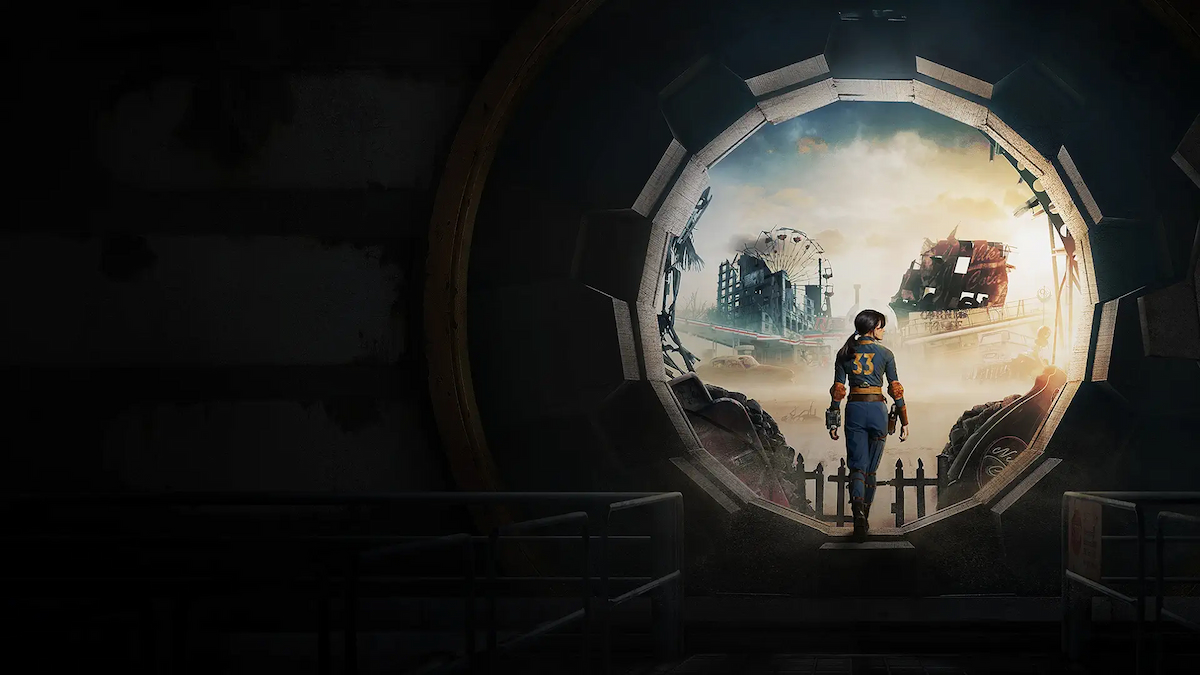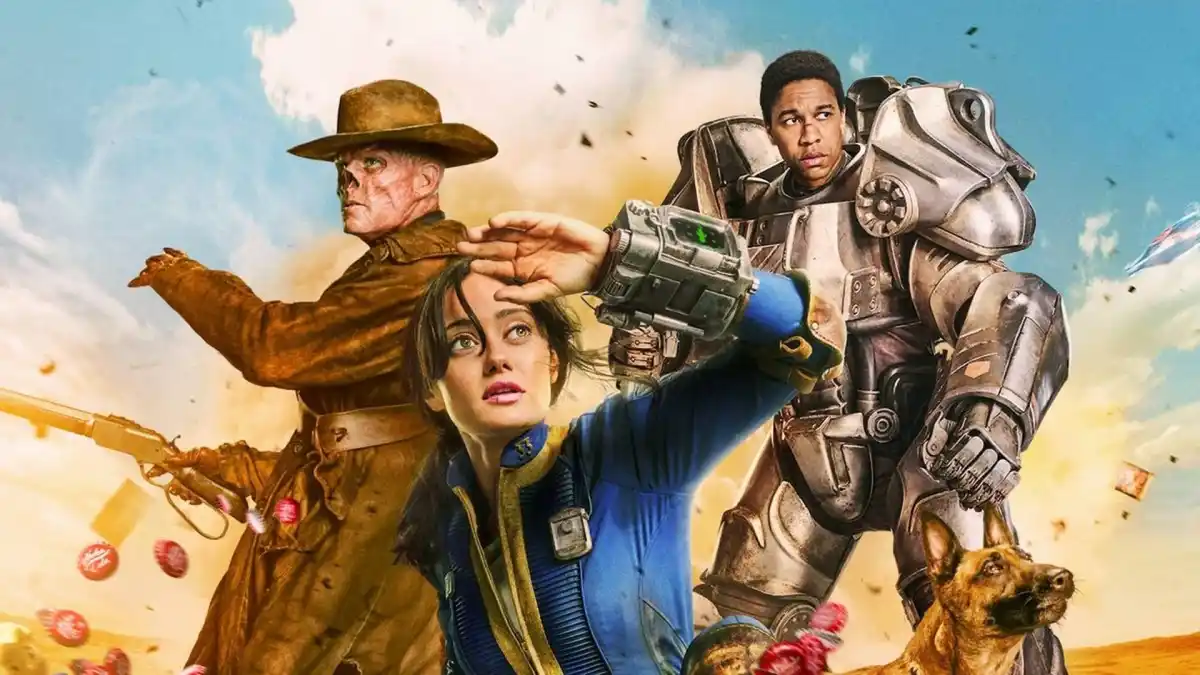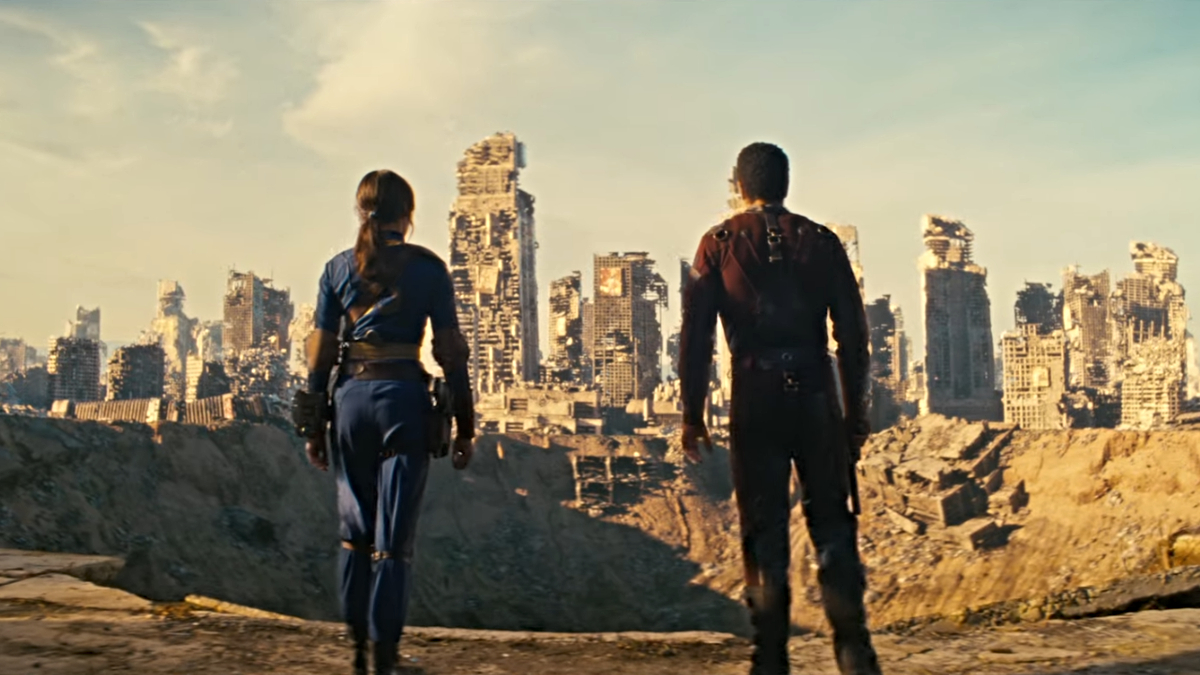*** Spoilers for Avatar: The Way of Water ahead ***
James Cameron made fans wait 13 years for a sequel to Avatar, but the film has done well upon arrival. Although it’s not a perfect story, Avatar: The Way of Water improves on the original in several aspects. Much like the first part, the story is relatively straightforward about the battle between Jake Sully’s family and Miles Quaritch’s group, with the presentation being the main difference this time around.
Things such as the way the plot is explained, how the bad guy behaves, and the nuances within the characters and overall story have all seen an upgrade from the 2009 flick. With over three hours of runtime, it’s worth taking a recap of everything that’s within Avatar: The Way of Water and how it succeeds in bettering the original entry.
The Villain Is Humanized
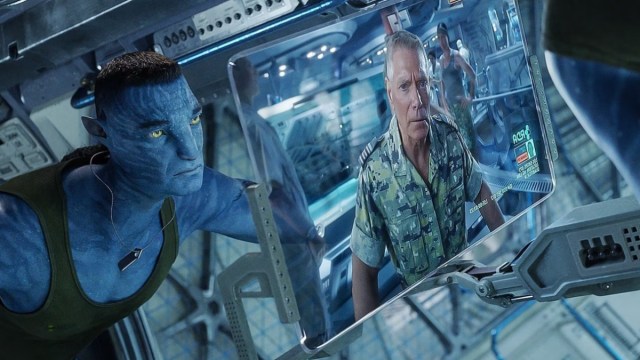
Many wondered how the first Avatar movie’s villain would reappear, given that he was decisively killed. As it turned out, Miles Quaritch had himself cloned into a Na’vi body before his death to effectively cheat it. While the new Quaritch is still a villain, he’s not of the chewing-the-scenery variety as his predecessor, who came across as a rather standard antagonist simply bent on dominance.
Avatar: The Way of Water has the bad guy show his humane side through his son, as Quaritch clearly cared for Spider and couldn’t bear to hurt him. He also started to have a new respect for Na’vi culture after Spider showed him how Pandora functions, with Quaritch even briefly giving up his vendetta against Jake when Spider’s life was threatened. This new, more empathetic side of Quaritch is better than the straight-up villain he originally was since it opens up opportunities for character development.
Supporting Characters Have Far More Depth
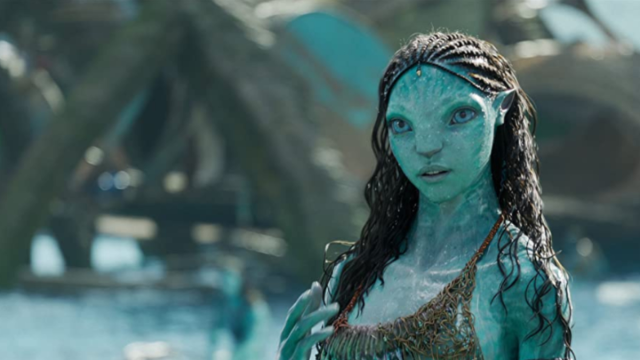
The first Avatar had some great supporting characters like Grace, Mo’at, and Tsu’tey. Still, the rest were more like figureheads who represented a piece of the conflict rather than having fully fleshed-out personalities. Avatar: The Way of Water introduced a host of new characters, from Jake and Neytiri’s children to the people of the Metkayina, all of whom have distinct personalities.
Even better is that no character is perfectly aligned with their traits, as even the empathetic Tonowari showed flashes of panic and anger, while the fierce Ronal also willingly helped Jake’s family. The younger characters don’t feel like they’re present just to show the passage of time, as all of them play a part in the battle against Quaritch’s forces and create solid bonds. The first movie’s supporting characters lacked in this area because their main purpose was to be part of the people Jake was around instead of standing out on their own.
World-Building Elements Of Pandora
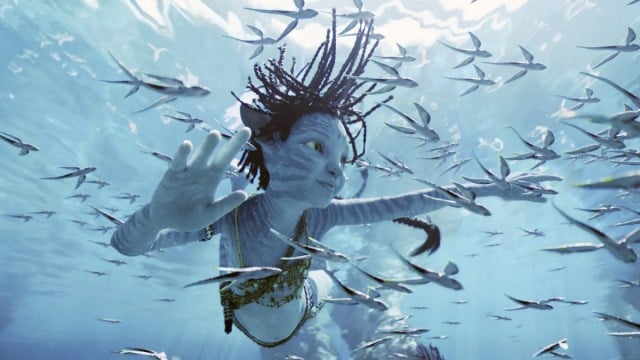
There’s no doubt that the first Avatar introduced Pandora magnificently, as the world was something completely new for viewers at the time. But there’s also the fact that there wasn’t much shown apart from Neytiri’s native land, with many left wondering what the rest of Pandora looks like and what the larger lore of the place is.
Avatar: The Way of Water has done better by showing us a bigger glimpse of what Pandora entails through the Metkayina. It’s now apparent that the Na’vi in the original film doesn’t represent the entire race since the Metkayina’s water-based lifestyle is completely different, featuring different kinds of flora and fauna. With Jake’s children revealed as hybrids and Spider shown surviving as a human, there are various world-building elements in Avatar: The Way of Water to carve out Pandora’s story.
Realistic Consequences to The Characters’ Actions
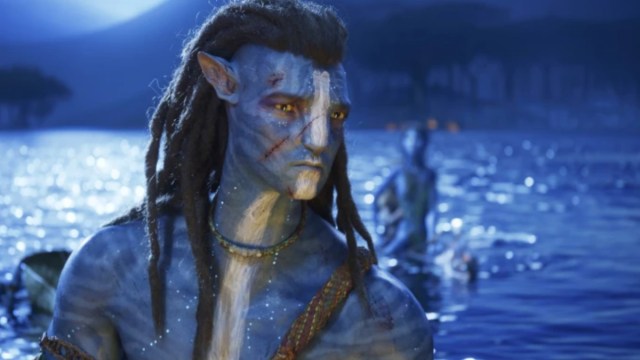
The original film went the traditional route with how characters were introduced to conflict and how things were resolved, ending with a happy conclusion. This left things relatively unrealistic, though, such as how easily Jake integrated himself into the Na’vi and how the locals were easily rid of the humans even though more were out there.
Avatar: The Way of Water fixed this by showing the consequences of the characters’ actions, starting with the humans returning to launch another invasion. It also dispensed with the happy ending alternative through Neteyam’s death, which is very much believable considering how many villains were gunning for the heroes. Although this made things grim in terms of tone, it’s still better than the first Avatar, making viewers suspend their disbelief.
Explanations to The Connection Between The Na’vi & The Creatures
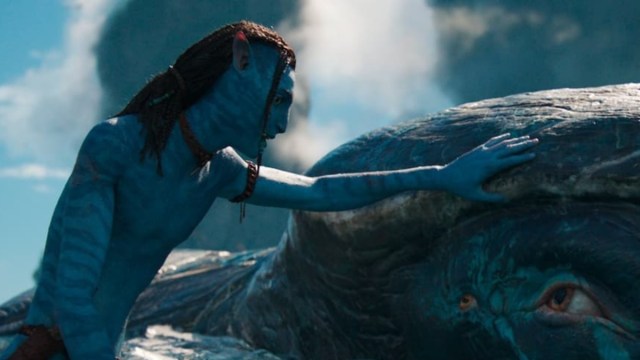
Pandora’s creatures played a bigger part in Avatar: The Way of Water, where their importance to the Na’vi was very crucial. As it was revealed, the Na’vi see these beings as one of their own, to the point where the creatures are considered to be part of their families. It’s the reason why they’re able to bond with them both literally and figuratively since their connection goes far beyond human and animal — the Metkayina see them as siblings.
The original Avatar had also given a fair bit of time to explain how the creatures tied into the Na’vi, but this was mainly devoted toward their use in flying or combat as opposed to emotional undertones. The sequel has provided viewers with a solid reason why the local species are so important and how the Na’vi perceive them.
Depiction Of The Prejudice, Even Among the Na’vi
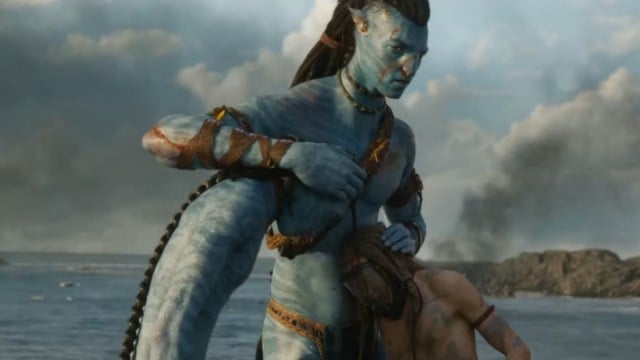
Avatar: The Way of Water deserves praise for providing greater depth to the storytelling, which was shown through the out-of-place nature of Jake’s family among the Metkayina clan. The status of Spider as human and Neytiri’s distrust in him, as a result, contributed further to this aspect, and it’s a marked improvement from the first film, where the outsider avatars were easily accepted.
The depiction of prejudice helps in the world-building quality of the series to show that some Na’vi don’t just accept one another and have a more complex tribal system. Spider’s need to be one of them provides further material to be explored in terms of human-Na’vi coexistence, which is an element the original film didn’t really explore.
Visuals Are Tied In With Exposition Moments
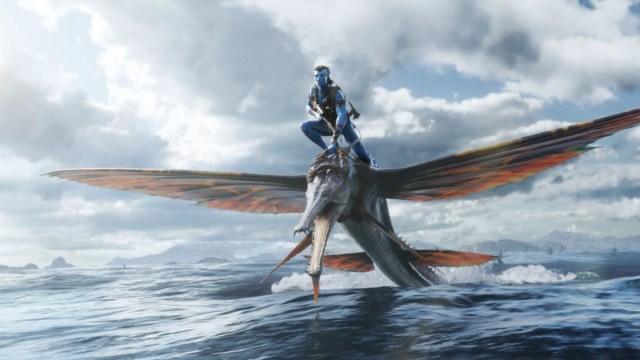
Avatar was groundbreaking for how it had visuals unparalleled in the film industry at the time. More often than not, though, these appeared to be the main appeal of the movie, with long shots focusing on the environment. In addition, exposition for the story was provided in scenes where characters simply sat and talked, which could be boring in places.
Avatar: The Way of Water combines both elements by offering plot elements during times when the film’s visuals are fully portrayed. This was best seen when Jake’s family was introduced to Metkayina’s land, with the characters revealing their connection to the Way of the Water – a way for the film to communicate to the viewers about their lore while showing off the gorgeous visuals. It was the best way to keep the story ticking without interfering with its pacing.
Sequel Hooks To Keep Viewers Invested In The Story
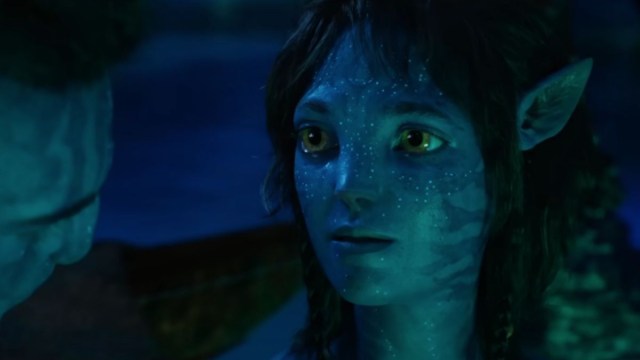
There’s nothing wrong with not having any sequel hooks since this allows a story to be told from start to finish. However, the announcement of a sequel to Avatar meant that fans were left wondering how the story could be continued when the original didn’t plant the seeds for more to follow.
Avatar: The Way of Water has left plenty of sequel hooks in place for further installments without compromising its particular story. These include the truth behind Kiri’s parentage and abilities, Quaritch’s survival and next move against the Na’vi, and Spider’s continued bid for acceptance. Adding plotlines to pick up in the next movie serves as a smooth transition from one story into the next, so viewers will be prepared for what Avatar 3 has to offer.

